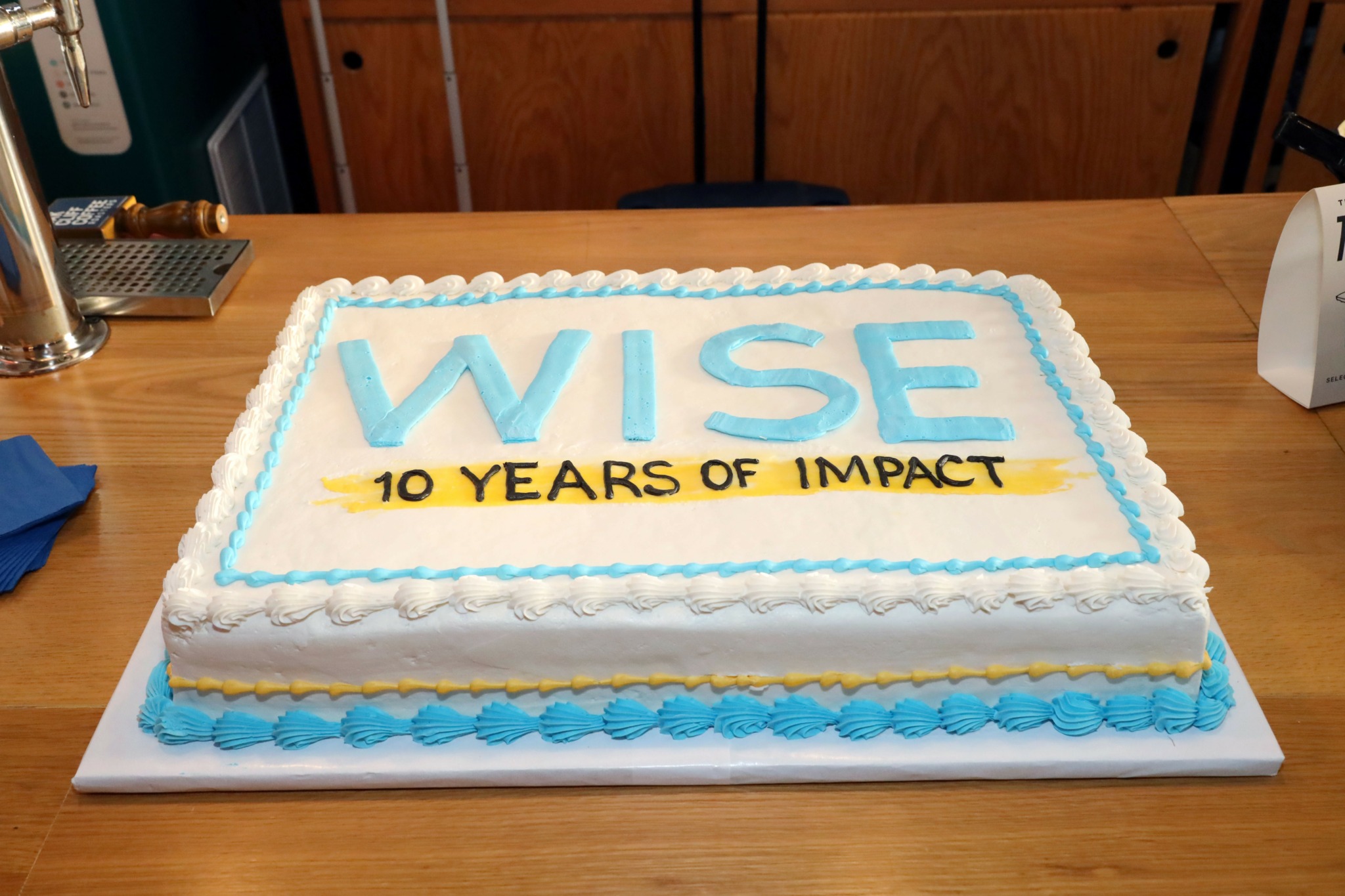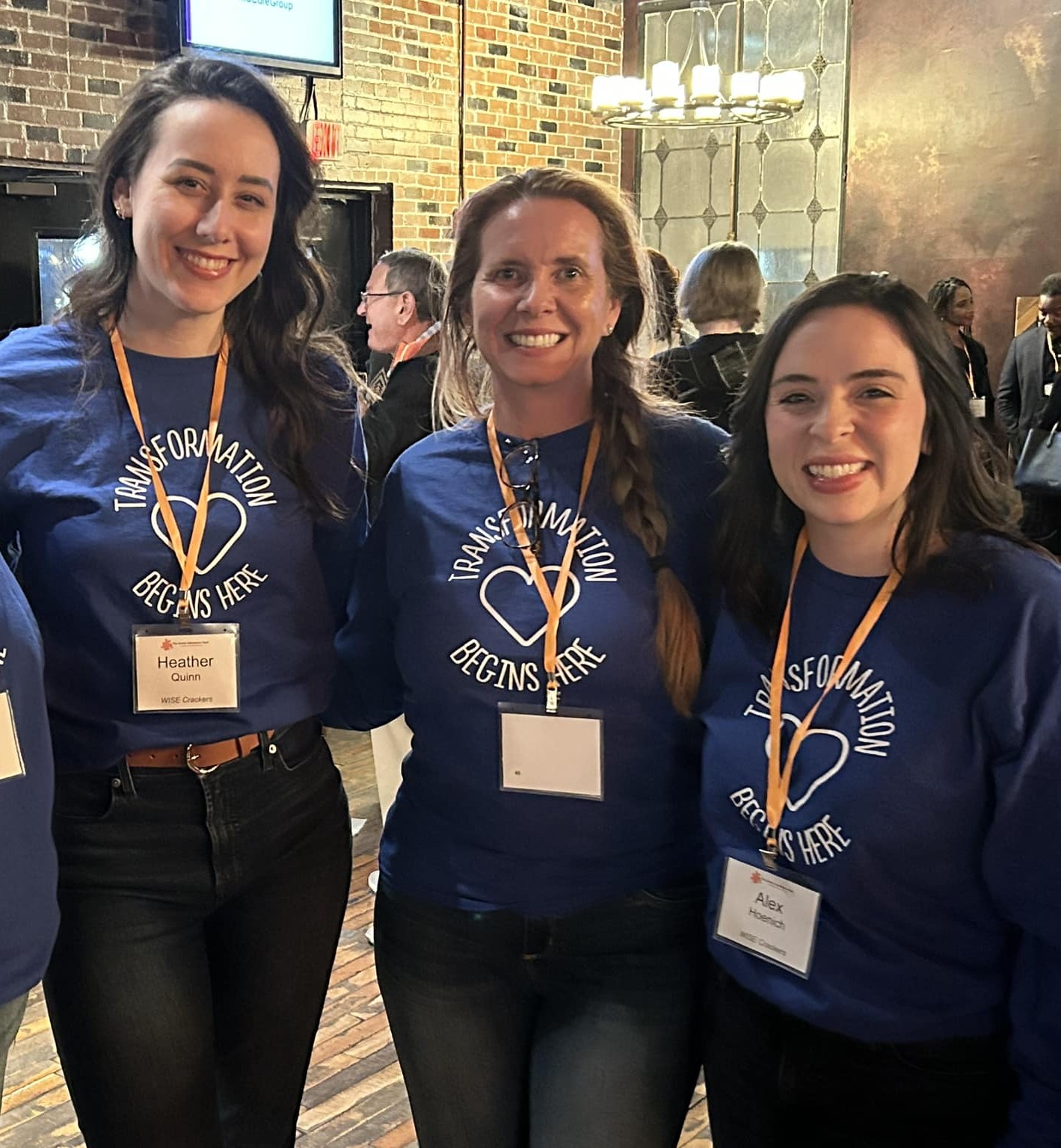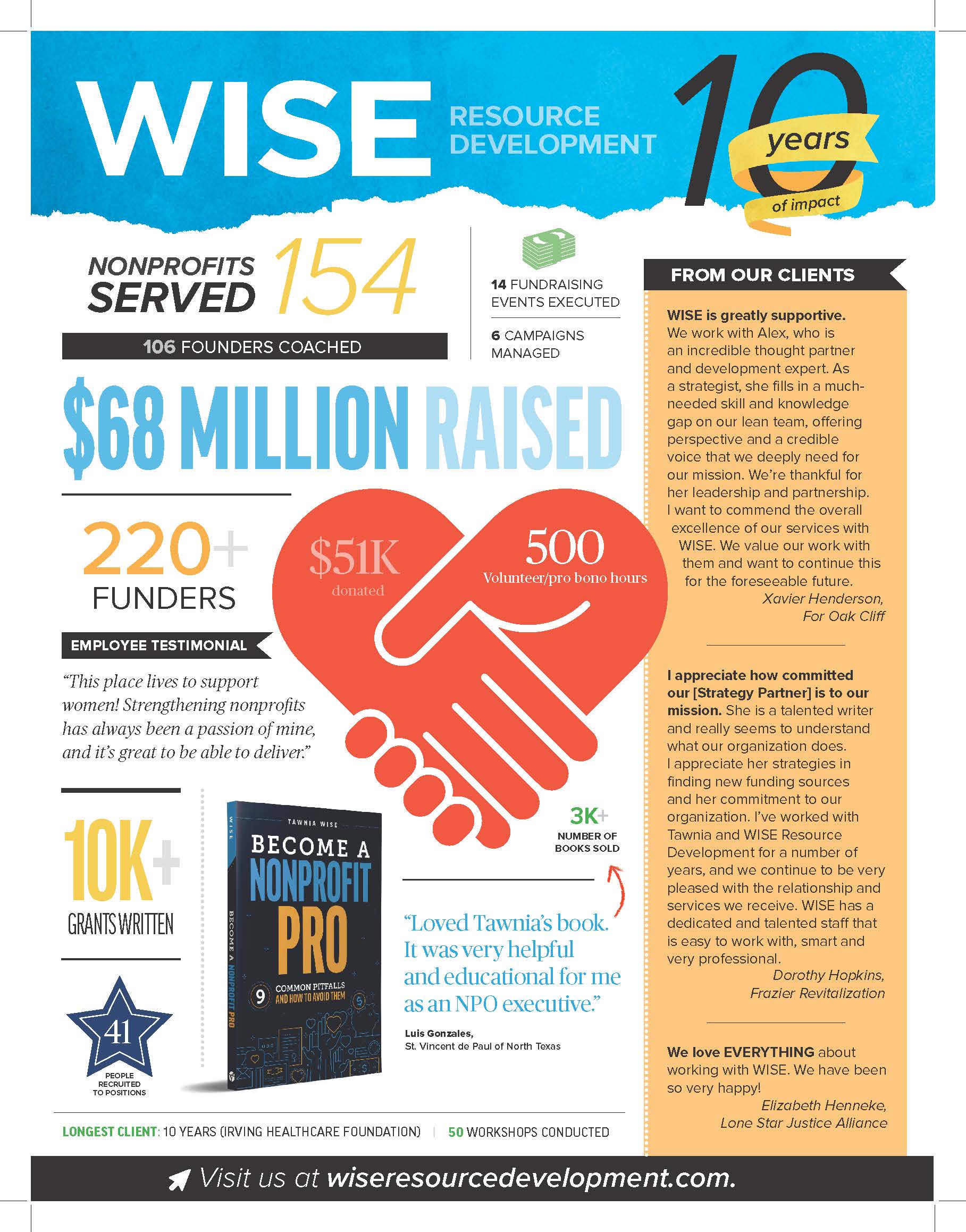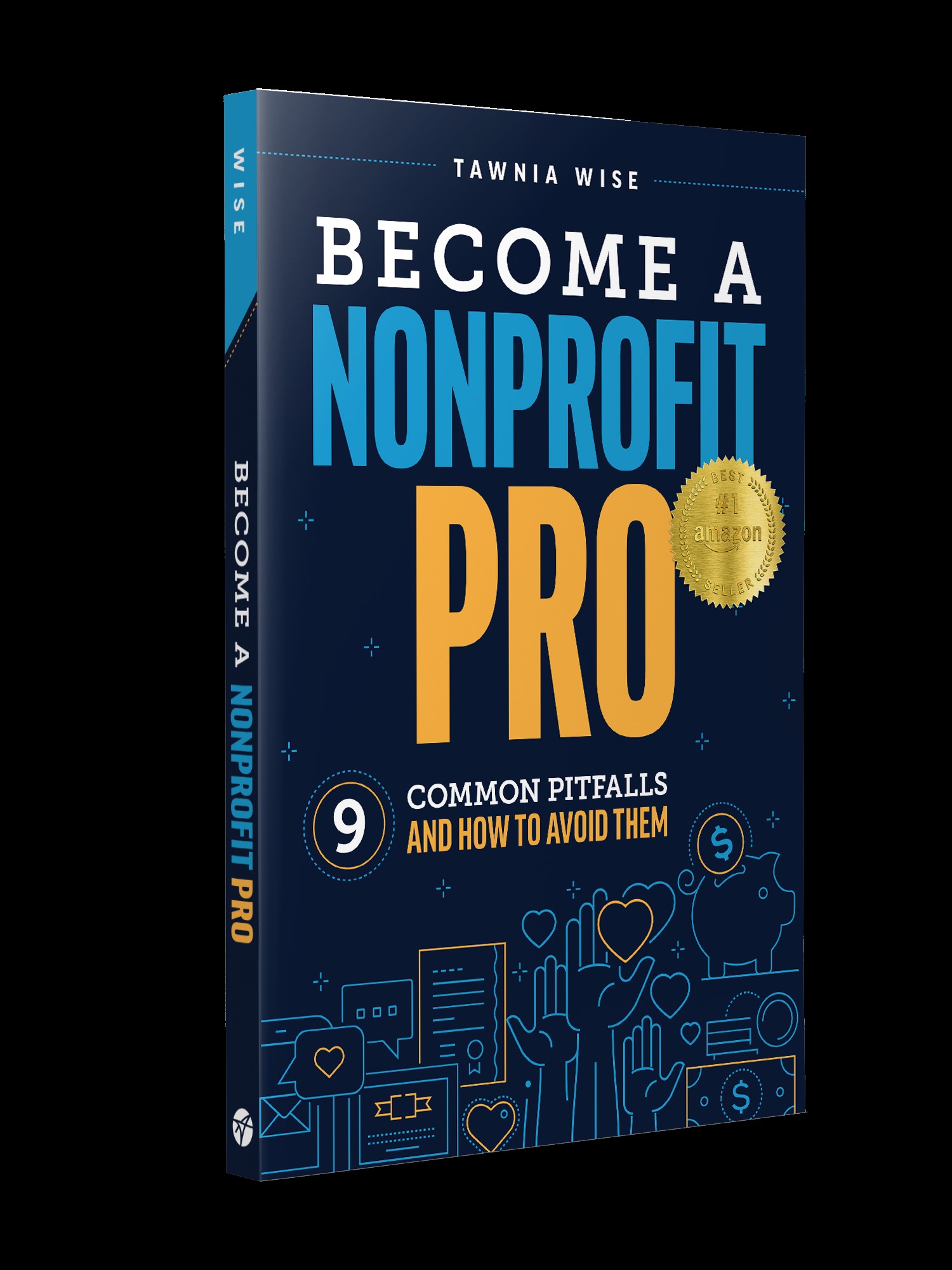Alright – so today we’ve got the honor of introducing you to Tawnia Wise. We think you’ll enjoy our conversation, we’ve shared it below.
Hi Tawnia, thanks for joining us today. Talk to us about building your team? What was it like? What were some of the key challenges and what was your process like?
When I first launched Wise Resource Development (WISE), I was doing all the work alone. But as demand for my services quickly outgrew my personal capacity, I hired subcontractors to help me for the first several years. Working with subcontractors does have a downside in that they are self-employed and your ability is limited when it comes to requiring how and when they work. So, while I had several strong independent consultants working under my brand, scaling that was difficult.
It was when I wanted to have more stability and control over the growth of the company and the quality of services and work product that I hired my first full-time employee. Learning how to hire effectively for a consulting firm has been quite a journey. Even now, we are still fine-tuning our hiring process to ensure that we hire people who will thrive at WISE.
In the early days, I was concerned I wouldn’t be able to find employees who could match my level of commitment to the success of the company and its mission. This matters a lot to a small business owner who cares about the company’s future. I want WISE, as well as the unique blend of tactical and strategic support we use to serve our clients, to live on long after I am gone. That is only possible if I build a leadership bench that matches my own dedication and love of the company. Doing so is a slow process of recognizing the qualities of an ideal team member and relentlessly pursuing that ideal, including the associated non-negotiables.
Over the past year, I’ve realized that the limited number of spaces we have available for employees must be filled with people who are “all in” on our corporate mission. As a small business, we will make scaling impossible if we continue to hire candidates just looking for a job to meet their current needs. Those individuals will constantly be evaluating the job and company based on their evolving personal and family needs. This is fair and makes sense for them to do. Employees whose personal visions are aligned with the corporate vision, however, are more likely to thrive and stay. Those are the ones we really want.
So, how do we find them? We have started by refining our job descriptions to be as specific as possible, including key performance indicators for both hard and soft skills. We ask more direct questions to ensure that candidates really understand the role they’re applying for, and we know the responses we are looking for in our interview process. We share the employee handbook and performance management tool with prospective employees before making the job offer. Our goal is to be as transparent as possible about who we are and what it will be like to work at WISE.
Ultimately, because we know that a hiring mistake is worse than a vacant position, we are willing to wait for the right team member even if we are painfully understaffed in the meantime.
Individuals who thrive here and are ultimately promoted into a leadership role demonstrate what I call the Three C’s: caring for the clients, caring for colleagues and caring for the company. This last one is the hardest for employees to adopt. But this allows you to see whose vision aligns with the company’s. Very early on in their career at WISE, every person who has ended up thriving here has said, “I will never leave this job.” I believe that is because they know quickly whether it is a fit. Which again raises the point that when you have a limited number of employee spaces, you want to fill them with individuals who are highly committed to not only their own success but also that of the company.
Tawnia, before we move on to more of these sorts of questions, can you take some time to bring our readers up to speed on you and what you do?
Growing up as a recipient of public benefits and in Section 8 housing in the suburbs of Denver, Colorado, I knew I wanted to have a career in social justice. After college, I spent nearly two decades helping nonprofits secure the resources needed to live out their missions. But I wanted to go further. I wanted to deepen my commitment and passion by transforming nonprofits into more effective social justice agents. So, in 2014, I launched WISE.
As a consultancy, we are unique because we marry strategy with tactical support to deliver tangible fundraising results. We are a firm of talented and cause-focused consultants with a mission to transform communities by empowering impactful nonprofits and their leaders. Before becoming part of WISE, all of our consultants have worked at nonprofits as in-house fundraising professionals. This kind of experience is important, because we know what it is like to be overworked and under-resourced just like our clients.
We work with funders and founders to build capacity for start-up organizations and with large nonprofits to supplement and support their in-house talent. We forge a dedicated partnership with our clients to help them leverage their assets and strengths for fundraising success. Our services include grant writing, fundraising assessments, fundraising campaign planning and implementation, nonprofit executive recruitment and other nonprofit management consultation.
In 2023, my book, Become a Nonprofit Pro: 9 Common Pitfalls and How to Avoid Them, was released and became a bestseller. In it, I share the advice and insights we most frequently give our clients who are looking to level up their organization’s impact.
In 2024, we achieved our B-Corp Certification. We are proud to be a company that embraces the conscious capitalism movement. As part of that effort, we hold ourselves accountable to our social impact commitment and donate two percent of corporate revenue annually.
What’s been the most effective strategy for growing your clientele?
The best advice I would give anyone starting a service-based business is to deliver excellent quality work, operate with a high level of integrity and give away your advice for free. If you do those three things, and there is a need for your services, the work will come to you. For the first five years of WISE, I didn’t invest in marketing efforts at all. Most of the successful consultants I know spend minimal resources on marketing. Be good at what you do and your clients will tell others.
Our clients come almost exclusively from referrals. Our two greatest referral sources are current clients and funders who appreciate our work product. Some funders even like our work product so much that they hire us directly to work with nonprofit organizations they want to support. One way we incentivize clients to refer new clients to us is by providing a 10-hour credit of free services if they refer a nonprofit that ends up hiring us.
Operating with integrity is also important in attracting clients. When we make mistakes, we own them and work to make them right. We also work hard to make every hour we spend on a client meaningful, and we do that by ensuring the projects we work on are a worthwhile investment of their resources.
Finally, we see sharing our expertise as a community service, and we do it in an authentic effort to serve the nonprofit sector. We do this through our website, blog, social media, workshops and free consultations. I love leveraging my experience to help others through free advice. We are often hired as a result of that advice when a nonprofit leader recognizes that we can help.
For me, it was a process to learn to be very intentional about the clients we want to work with. This means getting clear on your corporate values and what practicing them looks like. I think what probably surprises people the most is how often we decline business and let clients go. The three most common reasons we do this is when the organization does not align with our social impact commitment (e.g., they discriminate in providing services based on a person’s demographics, including sexual identity or orientation), they treat us like a transactional vendor (we only work with clients who treat us like a partner in service of their mission) or we feel like our services don’t make sense for them in some way. Sometimes a nonprofit is just not ready to work with us, and when that is the case, we often send them a free copy of Become a Nonprofit Pro. It’s a great way to help by providing a written version of the most common advice we give for free. To me, it feels like we get to say “yes” to helping even when we have to decline the opportunity to work with them.
Can you open up about a time when you had a really close call with the business?
I’ve had several nail-biting financial situations over the past decade. But I think the biggest lesson I learned was to stop carrying the weight of it myself.
When you are a small business owner, your personal and business finances are very entwined. That becomes a challenge when you are trying to ensure that the business is financially viable without you. You know a business is too reliant on you for survival when you are dipping into your kids’ college funds to cover payroll.
I felt so personally responsible for the financial performance of the company that I believed if I brought my senior leaders into the situation, I would be making it someone else’s problem – a problem I was convinced was mine to solve. Basically, I had to get over myself and accept help. With the guidance of our business coach (Shift/Co –– check them out!), we conducted what was basically an internal forensic audit and got creative about how to resolve our cash flow issues and pay off debt. Going through this exercise with the senior leader I was already trusting to help me run the company was one of the smartest decisions I have made. As a result, we implemented a few major changes that improved our financial position.
When we had several slow-paying clients at a time, it could be murder on our cash flow. Not only were we not receiving their payments when we should have, there are cost burdens associated with “chasing” this slow-pay money –– attorney’s fees when we would try to collect, higher fees for faster fund deposits and interest fees on lines of credit we’d have to depend on temporarily. It got to a point where we were spending roughly $2,000 a month on the cost of accounts receivable. This ultimately forced us to increase our rates.
Fortunately, there are lots of ways service companies can secure upfront payments to avoid cash flow issues. WISE charges hourly for services and bills clients at the end of the month for the time we worked on their account the month before. While our invoices have always been due upon receipt, our clients would often pay them with their own 15- or 30-day payment terms per their own policies. Small business owners and their clients often don’t realize that payment terms like that are essentially extending interest-free credit to the client for work that was completed sometimes 30 days or more before. We couldn’t afford to do that. So, we updated our client agreements to require a payment source on file that we automatically charge three days after we send the invoice to the client.
Within months of implementing that new policy, along with a couple of additional changes, our cash flow challenges (and their financial costs) ended. We were also able to tackle the majority of our debt and begin to rebuild our reserves. And perhaps most importantly, the company is now one step closer to being independently financially viable and not needing to rely on my personal finances and credit for its survival.
Contact Info:
- Website: https://www.wiseresourcedevelopment.com/
- Instagram: https://www.instagram.com/wiseresourcedevelopment/
- Facebook: https://www.facebook.com/wiseresourcedevelopment
- Linkedin: https://www.linkedin.com/in/tawniawise/






